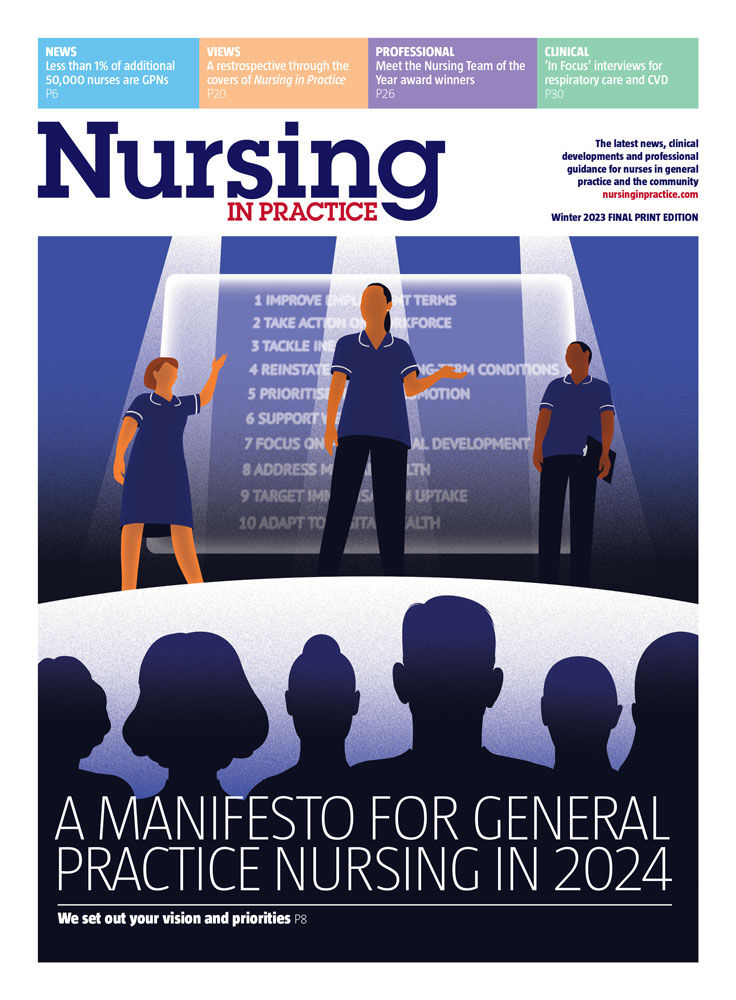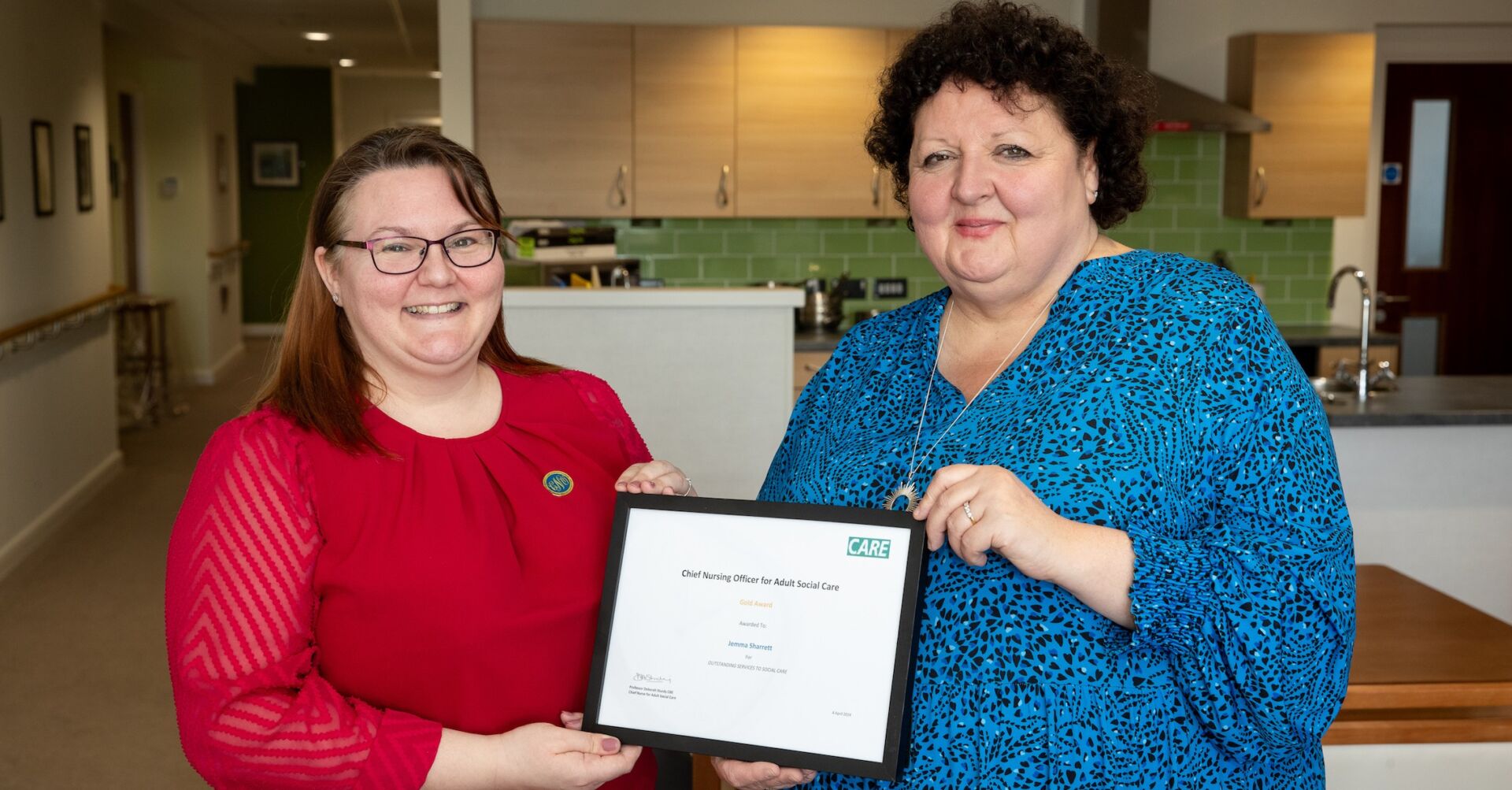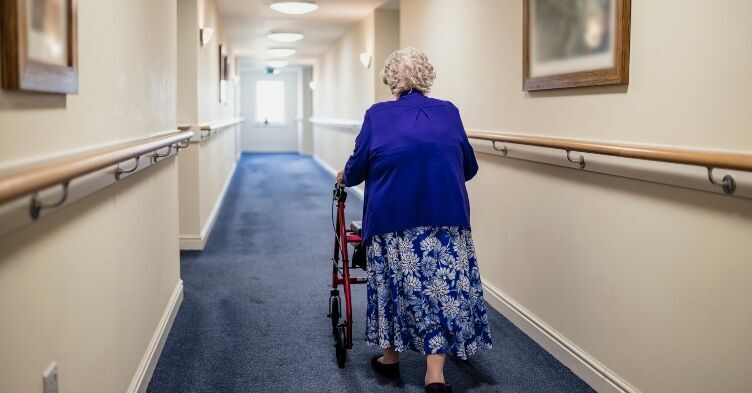Nursing has the highest vacancy rates in the entire social care workforce, a new report has found, which also shows the social care workforce shrinking for the first time in ten years.
The social care workforce as a whole has shrunk in the past year for the first time following 10 years of expansion. While staffing levels are still higher than they were 10 years ago for most roles, registered nurses are one of the few positions that have decreased in number in the last decade, with 18,000 fewer filled registered nurse posts in social care than a decade ago.
This has potentially been driven by the high turnover rate for nurses in the sector at 41% – much higher than 10.9% for comparable roles in the NHS. However, nurses in social care are more frequently employed by private providers, which tend to have higher turnover rates.
A lack of nursing staff has left providers particularly dependent on bank or pool registered nurses, with 11% of nurses working in adult social care settings employed in this way rather than through long-term contracts.
Professor Martin Green, chief executive of Care England, told Nursing in Practice that the report ‘showed the crisis in nurse recruitment and retention in the social care sector’.
The data ‘compares very unfavourably with the NHS, but the NHS has significantly more resources for training, pay and conditions, and has the benefit of an index linked pension, which is backed by the Government’, he explained.
Professor Green continued: ‘If we are going to have a truly integrated system, we need to have a root and branch review of how we deploy nurses, and we need to equalise pay and conditions across the system, so that professionals can move seamlessly between services in both the public and independent sector, just as citizens do.’
The number of vacant posts in adult social care has increased by 52% in one year and is now at the highest rate since records began in 2012/13. This means on any given day, there are around 165,000 vacancies across the sector.
Oonagh Smyth, CEO of Skills for Care, wrote in the report: ‘These are unwelcome trends and we cannot forget that behind every statistic are people’s lives, people who might not be getting the support that they need.
‘After Covid-19 I hope that the commitment and skills of our workforce are better understood by the public. I hope that this results in a step change in how society values social care, the people who draw on social care and the people who provide it.’







